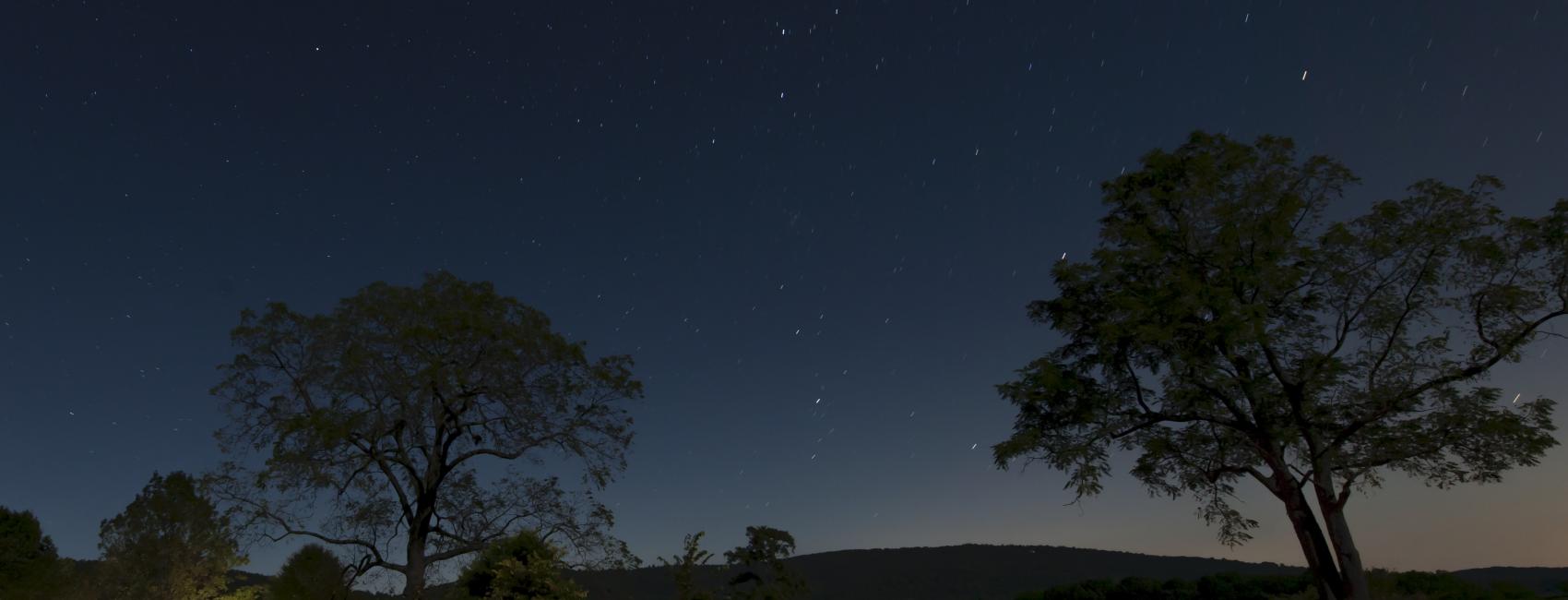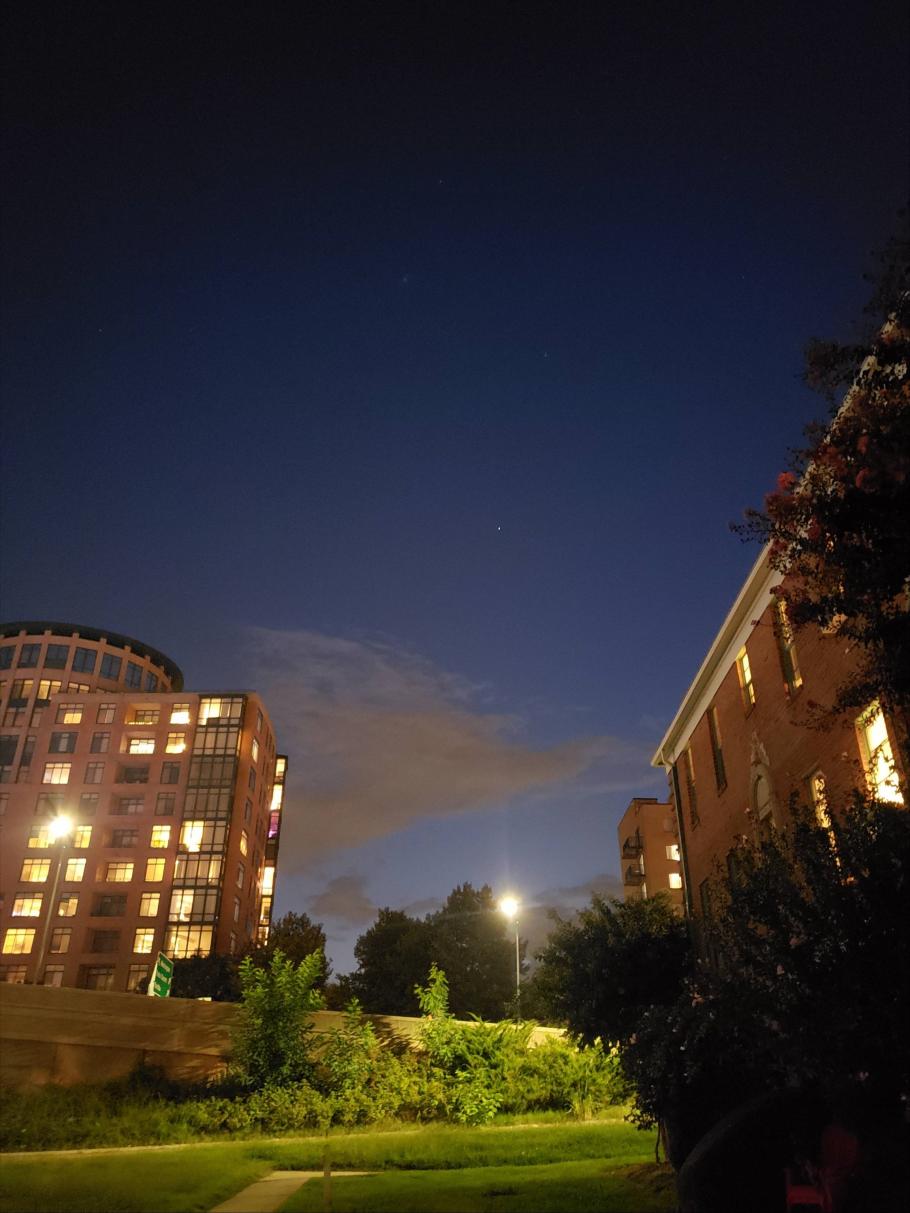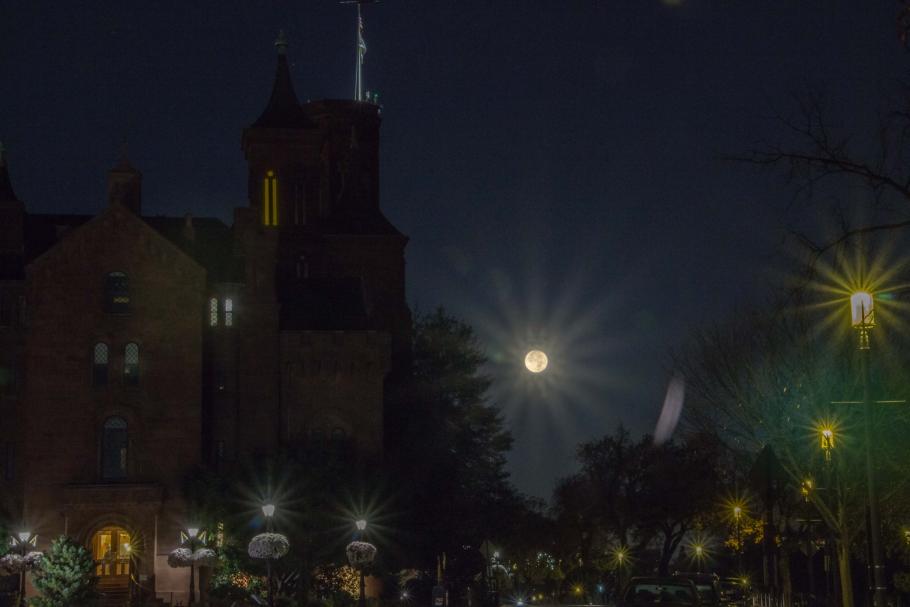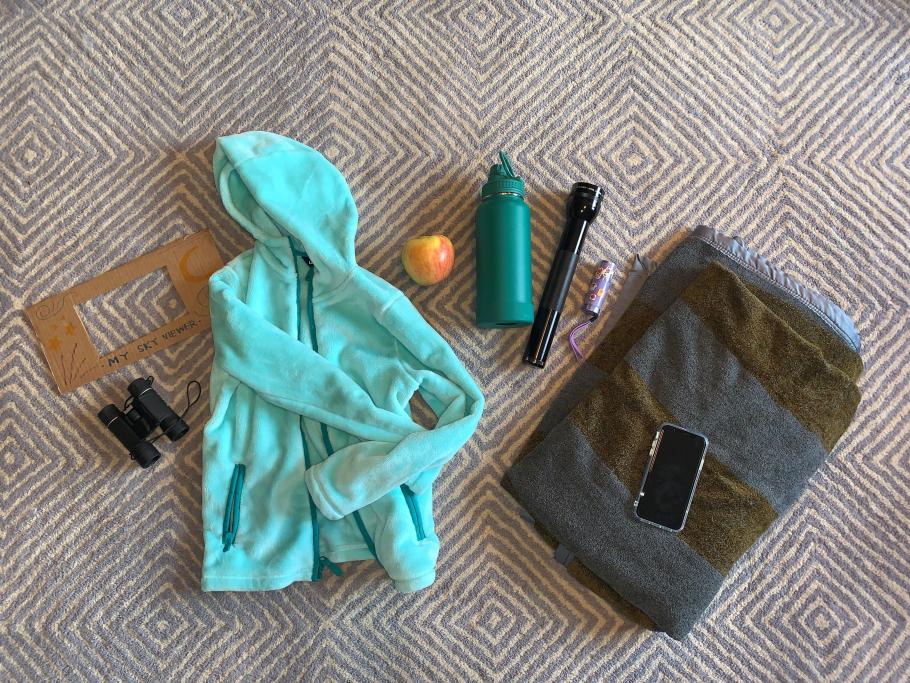Soar Together at Air and Space is a monthly family program from the National Air and Space Museum. Through live events and interactive activities you can do anytime, your family can explore a different air and space topic every month.
We’ll help you and your family get ready to gaze at the stars and enjoy all the sky has to offer. Through activities and live programs, your family will learn the basics of observing the sky, including how to prepare for observing, what amazing celestial objects you can find with just your eyes, and how to share that experience with each other. No matter where you are, or whether you're a beginner or a pro, you can use the following steps to feel prepared to look up and explore.
Anytime Activities
Observing the sky is a wonderful way to connect with nature and see amazing things! Participating in astronomy does not require any special equipment or skills, but there are some simple ways to ensure it will be a satisfying experience.




